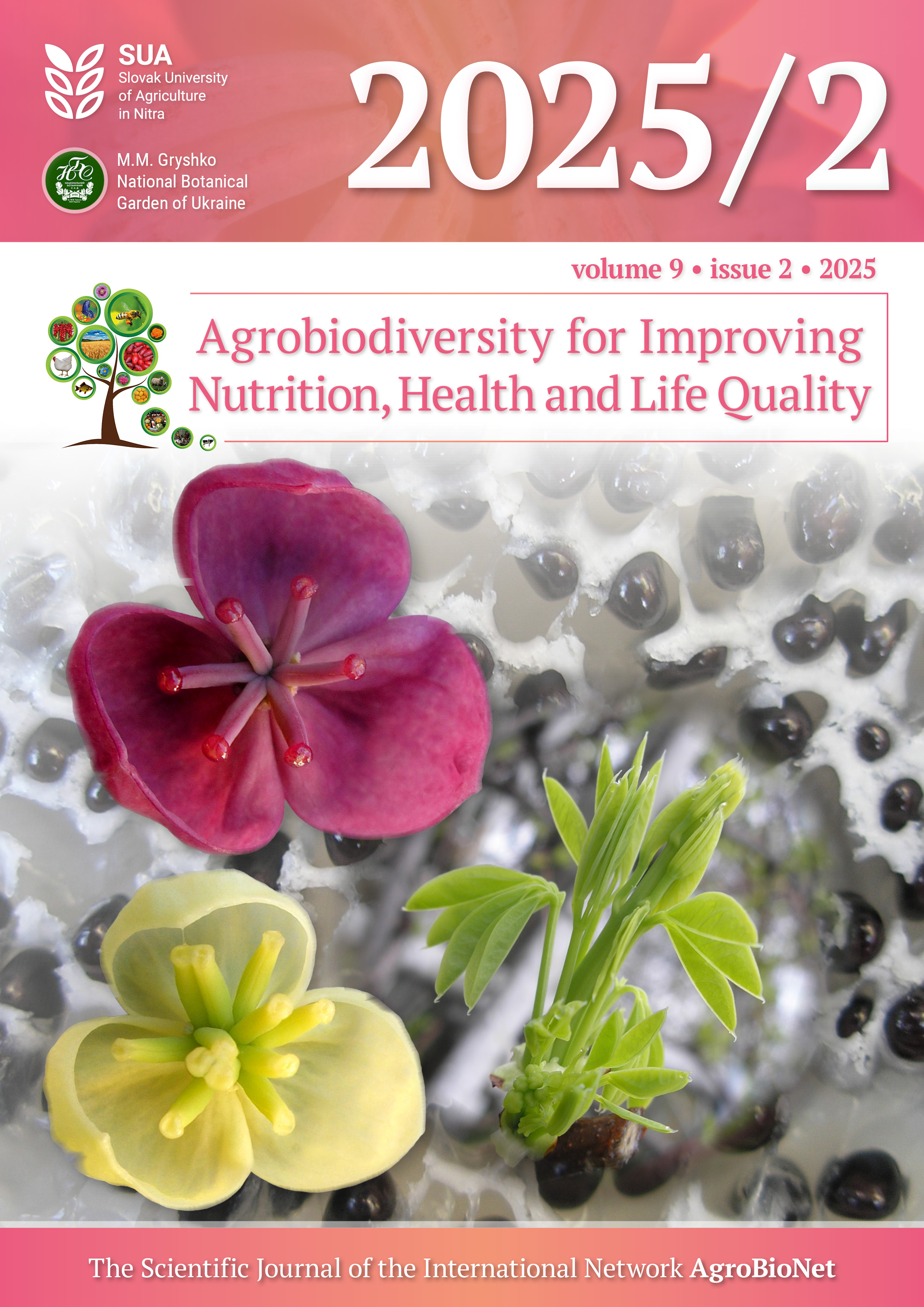Abstract
Valeriana officinalis L. (common valerian) is a well-established medicinal plant traditionally employed for its sedative, anxiolytic, and sleep-promoting properties. Recent advances in phytochemical, preclinical, and clinical research have significantly expanded our understanding of its pharmacological profile. This review provides an integrated synthesis of current evidence concerning the phytochemistry, mechanisms of action, clinical efficacy, safety, and emerging therapeutic applications of V. officinalis and related species. The plant's therapeutic effects are primarily mediated by the modulation of gamma-aminobutyric acid (GABA)-ergic, serotonergic, and adenosinergic neurotransmission, complemented by antioxidant, anti-inflammatory, spasmolytic, and neuroprotective activities. Clinical studies consistently support its efficacy in improving sleep onset and quality, as well as in reducing anxiety symptoms, with minimal adverse effects and no evidence of tolerance, dependence, or cognitive impairment. Beyond its well-established neuropsychiatric applications, preclinical data indicate additional cardiovascular, metabolic, cytotoxic, and neuroprotective properties. These include modulation of signal transducer and activator of transcription 3 (STAT3)/ platelet-derived growth factor receptor alpha (PDGFRA) signalling in cancer models, neuroprotection against oxidative stress in neurodegenerative disorders, and hypotensive, vasorelaxant, and antiarrhythmic activities. Despite these promising findings, further research is required to address challenges related to extract standardisation, pharmacokinetic characterization, and clinical translation. Overall, V. officinalis represents a versatile phytotherapeutic agent exhibiting multifaceted pharmacological actions and substantial potential for integrative and evidence-based clinical applications.

This work is licensed under a Creative Commons Attribution-NonCommercial 4.0 International License.
Copyright (c) 2025

